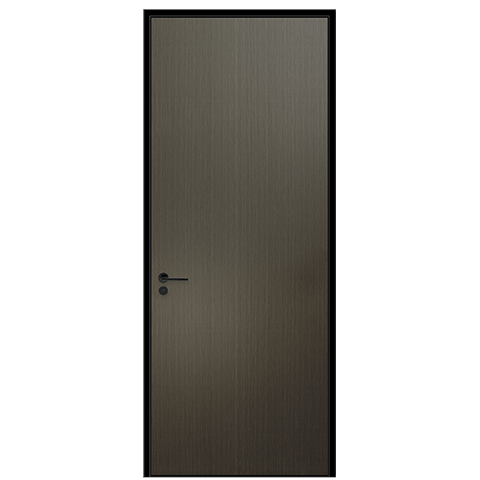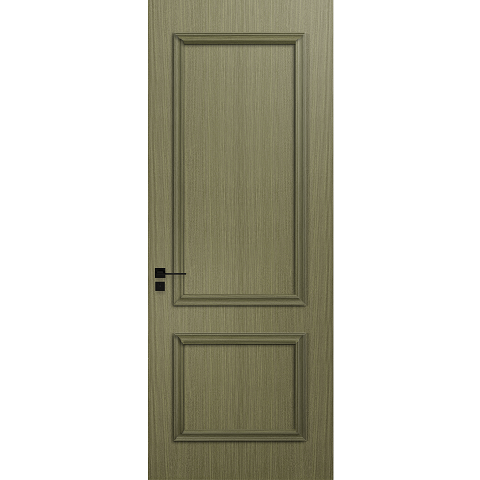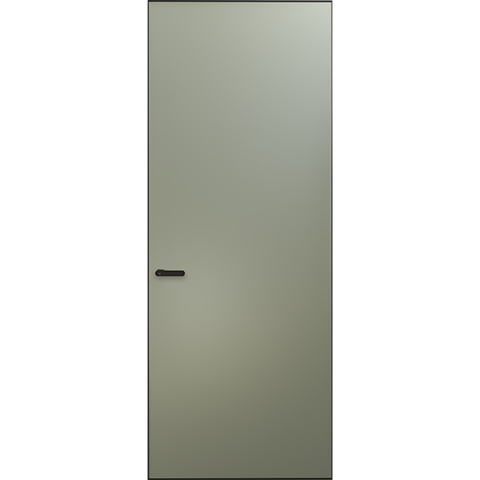The highest state pursued by home improvement doors and windows
I saw a joke about decoration on the Internet before. Someone asked in a forum: "What is the best decoration?", and someone below replied, "As long as it is better than the neighbor next door!" Baydee deeply agreed, and I actually met a client like this.
When I communicated with him for the first time, he said: At first, I thought the old windows at home were pretty good, and the noise never caused trouble, until the new neighbor next door moved in, and I went to visit his house...Damn it! (Truth) What does it mean to close the windows? That's what it means to close the windows. You can't hear the sound at all!
There is no harm if there is no comparison, so this customer has a devil in his heart, until the neighbor asked for Baydee's contact information... The nonsense is over, and Baydee came to talk to this customer today about "purchasing soundproofing" The 3 elements of doors and windows" share with you:
Structure and window types, types of glass and construction specifications.
01 Window type: flat opening sound insulation is better than translational type
For general home decoration, the selected window types are nothing more than two types of translation and flat opening:
In the case of standard construction, the sound insulation effect of the flat opening type is far better than that of the translational type. The main reason is that the sealing effects of the two types of windows are different, and there are two reasons for the different sealing effects:
1. The flat opening type relies on the deformation of the elastic rubber strip to block the gap, while the translation type mainly relies on the toothbrush-like wool strip to seal the gap, and the sealing effect of the wool strip is not as good as that of the rubber strip;
2. There are many more seams in the translational type than in the casement type;
Therefore, if you want to stay away from the hustle and bustle of cars and horses in the downtown area, you must first choose casement windows (ps: some products of the translation type can also achieve good sound insulation effects, but the cost will be high)
02 Construction specifications: the simplest and the most difficult
Looking at the construction specifications again, it is no exaggeration to say that the final effect of sound insulation of doors and windows, the importance of construction specifications accounts for 50%. Construction specifications such as reserving installation gaps during measurement, sealing treatment between the wall and the window frame, and sealing treatment between the glass and the window frame are all very important.
In short: the final effect of newly installed doors and windows depends on the measurement level of the master surveyor and the installation level of the master installer.
Why is it said that "construction specifications are a combination of simplicity and difficulty":
Simply because, money. Things like construction specifications are not as clear as the grades of doors and windows. 500, 1000, 1500, and 3000 doors and windows may be installed by one person. A good boss and a good store have their own word-of-mouth needs, so they naturally know how to keep flowing.
The difficulty is because of... well, yes, money. Good workers are hard to find, and the wages are still high; unscrupulous bosses always want to save costs when they catch a lot of them.
Therefore, when buying doors and windows, you can’t just swallow the jujube, talk to the boss about his experience and solutions, inspect the door and window processing factory, go to the site to see the installation workers’ craftsmanship...the purchase details of the merchant’s construction specifications must not be missing.
03 Sound insulation glass: solving low and medium frequency noise is the key
As in the video at the beginning of this article, a good window and door can reduce the 70 decibels of noise outside the road to less than 40 decibels. As the material that occupies the largest area of doors and windows, glass naturally plays a great role. From the perspective of noise isolation, especially low-frequency noise on the road (tire friction, brakes, etc.), when we choose glass, it is best to choose hollow laminated glass, because when all sound-proof glasses are of the same thickness:
Although a single insulating glass also has the effect of sound insulation, it is not comprehensive: it has a good sound insulation effect on high-frequency noise, but because the matching effect is concentrated in the middle and low frequencies, it is not ideal for isolating the noise on the road.
Using the damping effect of its PVB adhesive layer, a single laminated glass has a good sound insulation effect on high and low frequency noise, but it has two disadvantages: 1. Poor heat insulation. 2. When the temperature is low in winter, the sound insulation effect of laminated glass will become worse.
Laminated insulating glass has the functions of the above two types of glass.
Although vacuum glass can completely isolate noise in theory, the vacuum glass currently available on the market has a large number of fulcrums between the glass and the glass, so the sound insulation ability is greatly reduced. This makes the cost-effectiveness of thousands of vacuum glass per square meter very low.
04 Door and window materials: it has a lot to do with money
It has been summarized above that the structure and window type, glass type and construction specification are the three major elements that affect the sound insulation of doors and windows. Here, Baydee also wants to popularize a pitfall that many people will fall into: the profile structure has a great relationship with the sound insulation effect of doors and windows, while the profile itself (door and window material) has little relationship with the sound insulation effect of doors and windows, but it has nothing to do with gimmicks, deceit, and fraud. The relationship is relatively large. Why do you say that? Because the boss often applies the overall functions of doors and windows to a single product because he recommends the products he sells.
That is to say: when you walk into a store that specializes in plastic steel doors and windows, the salesperson will say that the sound insulation effect of plastic steel doors and windows is good; Entering an aluminum-wood door and window shop, the boss will say that the sound insulation effect of aluminum-wood doors and windows is the best...
In fact, the broken bridge aluminum alloy commonly used in doors and windows at this stage is the name of a material that makes up windows, just like wood used in ancient times, steel used in the 1990s, plastic steel used in the early 20th century, and aluminum alloys that are common today. Bridge aluminum, aluminum wood composite, etc. They only illustrate the window material, not the window performance.
The type of door and window material has little effect on the sound insulation effect of doors and windows. The sound insulation of doors and windows mainly depends on the structure and window type, glass type and construction specifications.
 Hot Recommendation
Hot Recommendation
 Latest Products
Latest Products



